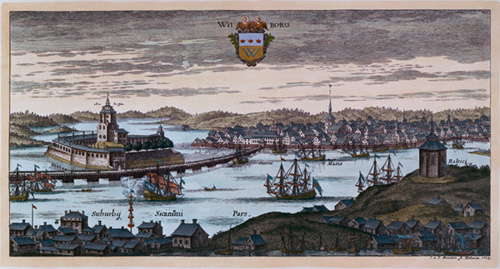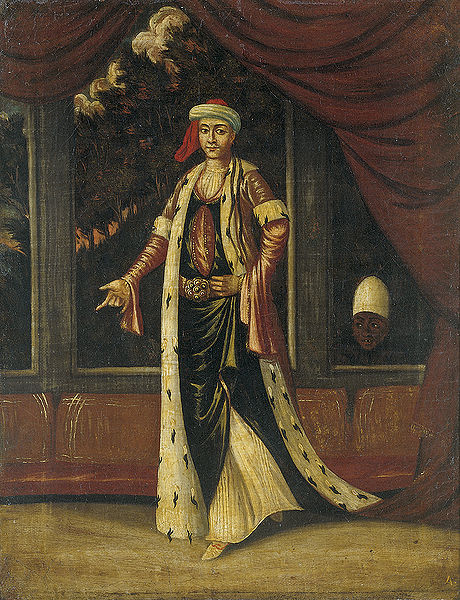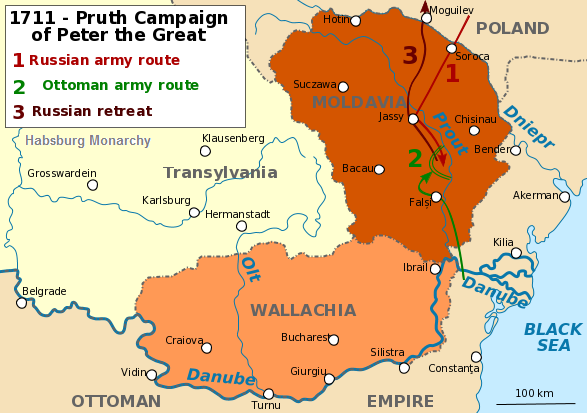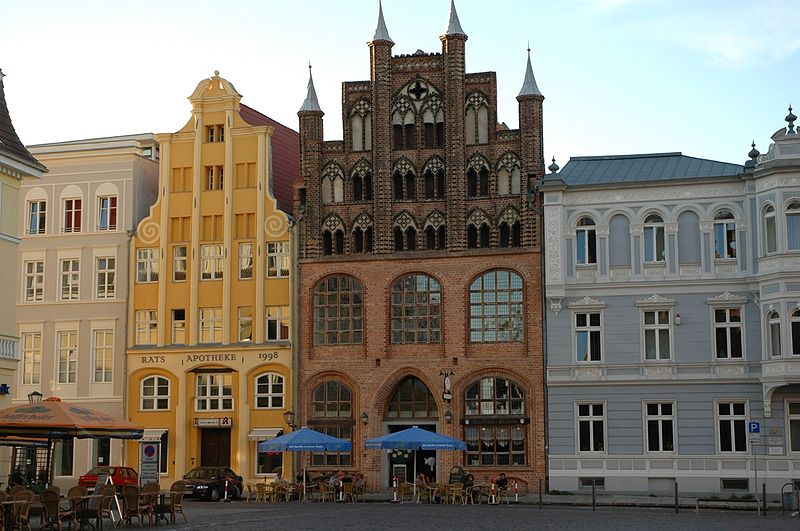Before the SS
Born in Darmstadt on 13th
May 1900, Karl Freidrich Otto
Wolff was almost five months older than the man he was to serve so
faithfully, Heinrich Himmler. His father was a district court
judge and Wolff was raised as a Catholic, the two men sharing a similar
background.
 |
| Freikorps recruitment poster |
But in one
respect Wolff was able to outshine his boss; in April 1917, having taken his arbitur, Wolff signed up to fight for his country. He underwent four months of
training and on 5th September 1917 volunteered to fight for Germany.
Wolff served in the exclusive Life Guards Regiment of the Grand Duke of Hesse, winning the Iron Cross second class[i]. He ended the war a lieutenant
and afterwards Wolff joined the Freikorps[ii].
Demobilised
in May 1920 Karl trained as a banker, undergoing a two year apprenticeship with
the Bethmann family bank in Frankfurt; the job found for
him by influential friends and relatives. Typically Wolff attached great
importance to living in a well-to-do neighbourhood, if possible renting from a
noble landlord. He later claimed that during this period of his life;
‘It was a constant battle to
avoid moving downward socially.’[iii]
Wolff got
engaged to Frieda von Römheld[iv] in July 1922 just as
Wolff was finishing his training. They both liked and were good at dancing,
winning a number of competitions. The couple married in August 1923. Wolff then
moved to work for the Deutsche Bank[v] in Munich after a brief period
working for a company his father-in-law had dealings with. But the
hyperinflation of the 1920’s resulted in the loss of his job at the end of June
1924.
Eventually
Wolff found himself a job in advertising working for Ad-Expedition Walther von
Danckelmann because he offered to work for the same amount he received from
benefit until he had proved his worth. Within a few months, having assimilated
sufficient of the finer points of advertising, Wolff was appointed manager of
one of the company’s branches.
On 1st
July 1925 Wolff left to set up his own company, using his wife’s name in the
company title; Ad-Expedition Karl Wolff - von Römheld. The agency was dissolved in
1931; Karl and Frieda Wolff were living in Bogenhausen, an upper-class Munich neighborhood, which doubled as the
family home and as the offices for company.
A New Life
On 7th
October 1931 at the Braunhaus[vi] Wolff joined the Nazi
party as member number 695131 and the SS
as member 14,325. Within three weeks Wolff went from being a raw recruit to the
lowest SS rank – SS-Schütze. On the 18th February 1932 he was
promoted to SS-Sturmfuhrer. At the time Wolff was attending an SS leadership
course; among the speakers were Himmler, Reinhard Heydrich[vii] and Franz Xaver Schwarz[viii] Later Wolff was to rhapsodise about
this first contact with Himmler;
‘The worldly seeds that were
then sown in our believing, open hearts later blossomed in a wonderful way and
bore fruit.’[ix]
He had
learned that the effusive the better for his Reichsfuhrer. After the end of
course party, for participants and their wives, Himmler insisted on giving the
Wolffs and Standartenfuhrer[x] Hoeflich[xi] a lift home.
In Power
Ritter von Epp
On the day
the Nazis came to power, 30th January 1933, Wolff was promoted to
the rank of Hauptsturmfuhrer[xii]. The Nazis did not have
control of all the Lander and in Bavaria Wolff and his men were used to create
incidents which presaged the takeover on 9th March. Wilhelm Frick, the Nazi Minister of the Interior[xiii], installed a Commissioner
in Bavaria. The new Commissioner, Ritter von Epp dismissed the police chiefs who were
replaced by Nazis.
Himmler was
given the post of Police President in Munich; not content with this sop Himmler
and his sidekick Heydrich schemed over the period March 1933 to spring 1934
patiently collecting the various political police of the Lander under his control[xiv].
Ludwig Siebert
From 9th
March 1933 Wolff worked as a personal adjutant for von Epp until mid-June[xv], when von Epp was
replaced by Ludwig Siebert. Von Epp offered Wolff another army
posting, but as this meant returning to his rank of Lieutenant Wolff accepted
Himmler’s offer of a job on his staff. He started on 15th June 1933,
becoming a full-time member of the SS. It was not until September that Wolff became
one of Himmler’s adjutants.
Moving On, Moving Up
At this time
Himmler’s chief of staff was Gruppenfuhrer[xvi] Seidel-Dittmarsch, who
was attempting to build his own power base; an attempt that ended with his
premature death in February 1934. Meanwhile Wolff was careering up the
promotion ladder; on 20th April 1934 he was given the rank of
Standartenfuhrer. The previous Christmas Himmler had given Wolff a photograph
of himself with a ‘very sincerely’
handwritten dedication.
Gestapo HQ on Prinz Albrecht Strasse
Wolff had no
direct responsibility in the Night of the Long Knives, when Himmler’s boss Ernst. Rohm, head of the Sturmabteilung or SA, was killed. As part of a quid pro quo in April 1934 Himmler was made
deputy head of the Prussian Gestapo[xvii] founded by Hermann Göring and Heydrich was placed in charge.
Wolff was
Himmler’s liaison with Göring, and while staying at the palace that was Göring’s workplace he must have heard
the endless streams of orders to kill Hitler’s enemies emanating from the
Reichsfuhrer and Heydrich as well as Göring.
Wolff
certainly benefitted from the resultant batch of promotions; he was made
Oberfuhrer[xviii]
on 4th July 1934. By now he was first adjutant to Himmler. Hitler
explained away his actions during the atrocity by saying;
‘If a mutiny broke out on
board a ship, the captain was not only entitled to but also obliged to crush
the mutiny right away.’[xix]
Himmler’s
reward for the involvement of his SS as the killing machine putting down the mutiny, was the removal of the SS from
hierarchy of the SA; Himmler now reported directly to Hitler.
Wolff met
Countess Ingeborg Maria von Bernstorff after the Night of the Long Knives. The
Countess came to ask for Himmler’s support for a charity. Wolff, with his
fascination for the nobility, flirted with the Countess[xx]. Her husband died the
following year and at some point the beautiful widow became Wolff’s mistress.
Like Himmler, Wolff had moved his family from Berlin to live at their home on
the Tegernsee.
Party Rallies
1934 Party Rally
At the
September party rally at Nuremberg Wolff played host to the members of the Freundeskreis der Reichsfuhrer SS[xxi] staying at the Grand Hotel.
Representatives of the Deutsche Bank, the Dresdner Bank, the Commerzbank, Flick
Steel and Siemens were among the companies that gave financial support to the
SS. The 1934 rally, stage managed by Albert Speer, was attended by a quarter of a million people.
By the end
of the year Wolff was persuading Himmler to see a healer to deal with his
headaches and stomach cramps[xxii]. Himmler spent much of
the summer of 1935 touring Germany, visiting the SS offices and speaking to his
SS men. He drove around in an open touring Maybach, usually accompanied by
Wolff and often by the wives of the two men. The two couples became close, indulging
in impromptu picnics and socialising together.
Title page of proclamation of Nuremberg racial laws
At the 1935
party rally Wolff was again hosting the members of the Freundeskreis RFSS as he
was to do at all subsequent rallies. It was at the 1935 rally that the infamous
Nuremberg racial laws were unveiled; aimed directly at the
Jews. Hitler claimed that this was a result of
‘Vehement complaints are
coming in from innumerable places about the provocative behaviour of individual
members of this people.’[xxiii]
Wolff and
Heydrich both visited the Himmlers at their home in Gmund on the occasion of
Himmler’s 35th birthday in October. Heydrich’s car broke down as the
families attempted to leave the party and Himmler was one of those who
push-started the car. The rivalry between Heydrich and Wolff was to grow over
the years; each jealous of the other’s influence over the Reichsfuhrer.
In November
1935 Wolff was made Chief Adjutant to Himmler and the following November
Himmler expanded his adjutants office into the Personalstab der RFSS; Wolf was
made Chief of Staff.
Bibliography
The Third
Reich in Power – Richard J Evans, Penguin 2006
The Order of
the Death’s Head – Heinz Hohne, Penguin 2000
The Black
Corps – Robert Lewis Koehl, University of Wisconsin Press 1983
Top Nazi –
Jochen von Lang, Enigma Books 2005
Heinrich
Himmler – Peter Longerich, Oxford University Press 2012
Allgemeine-SS
– Mark C Yerger, Schiffer Military History 1997
[i]
He later was given the Iron Cross First Class
[ii]
The Hessian Independence Corps
[iii]
Top Nazi - Lang
[iv]
Frieda’s father had been Chef de Cabinet to the last Grand Duke of Hesse
[v]
Whose record of association with the Nazi party and the SS was convoluted at
best
[vi]
The Nazi party headquarters in Munich
[vii]
Heydrich, in charge of the Sicherheinstdeist of the SS, had himself only joined
in June 1931
[viii]
Nazi Party Treasurer
[ix]
Top Nazi - Lang
[x]
Equivalent of a colonel
[xi]
Commander of 1st SS-Standarte; Wolff was head of Sturm 2 of the
Second Sturmbann of the Standarte
[xii]
Equivalent to captain
[xiii]
In charge of security
[xiv]
In June 1936 Himmler was made Chief of the German Police giving him control of
the security apparatus of the state; a job that was to bring him immense power
[xv]
Himmler gave anyone of any importance, whether belonging to the SS or not (von
Epp did not) SS aides to increase the scope of his intelligence apparatus
[xvi]
Equivalent in rank to a Major General
[xvii]
The Prussian political police
[xviii]
A rank that has no army equivalent, but placed between Colonel and Brigadier
General
[xix]
The Third Reich in Power - Evans
[xx]
The daughter of a businessman.
[xxi]
Originating as a group to fund Hitler’s projects, this group now did the same
for Himmler. The group included senior officials from German banks and
industrial complexes
[xxii]
These stomach cramps would debilitate Himmler throughout the rest of his life
[xxiii]
The Third Reich in Power - Evans

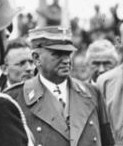


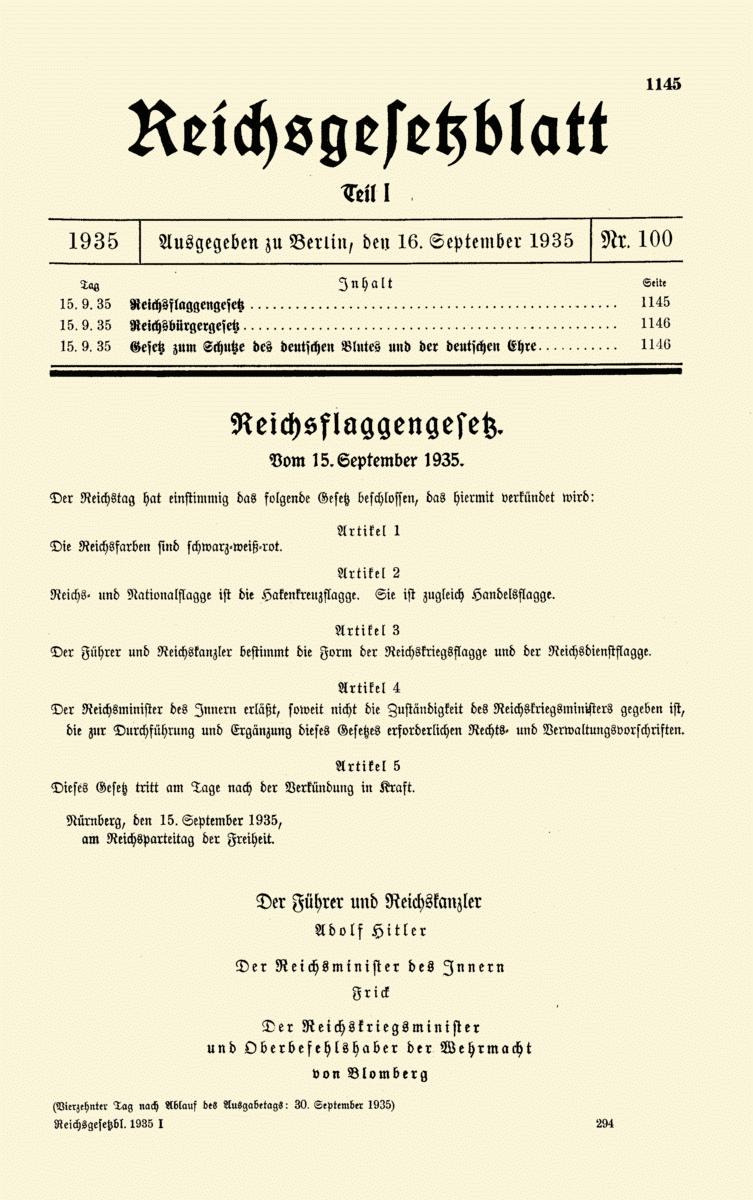
.jpg)

